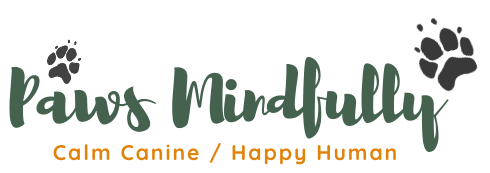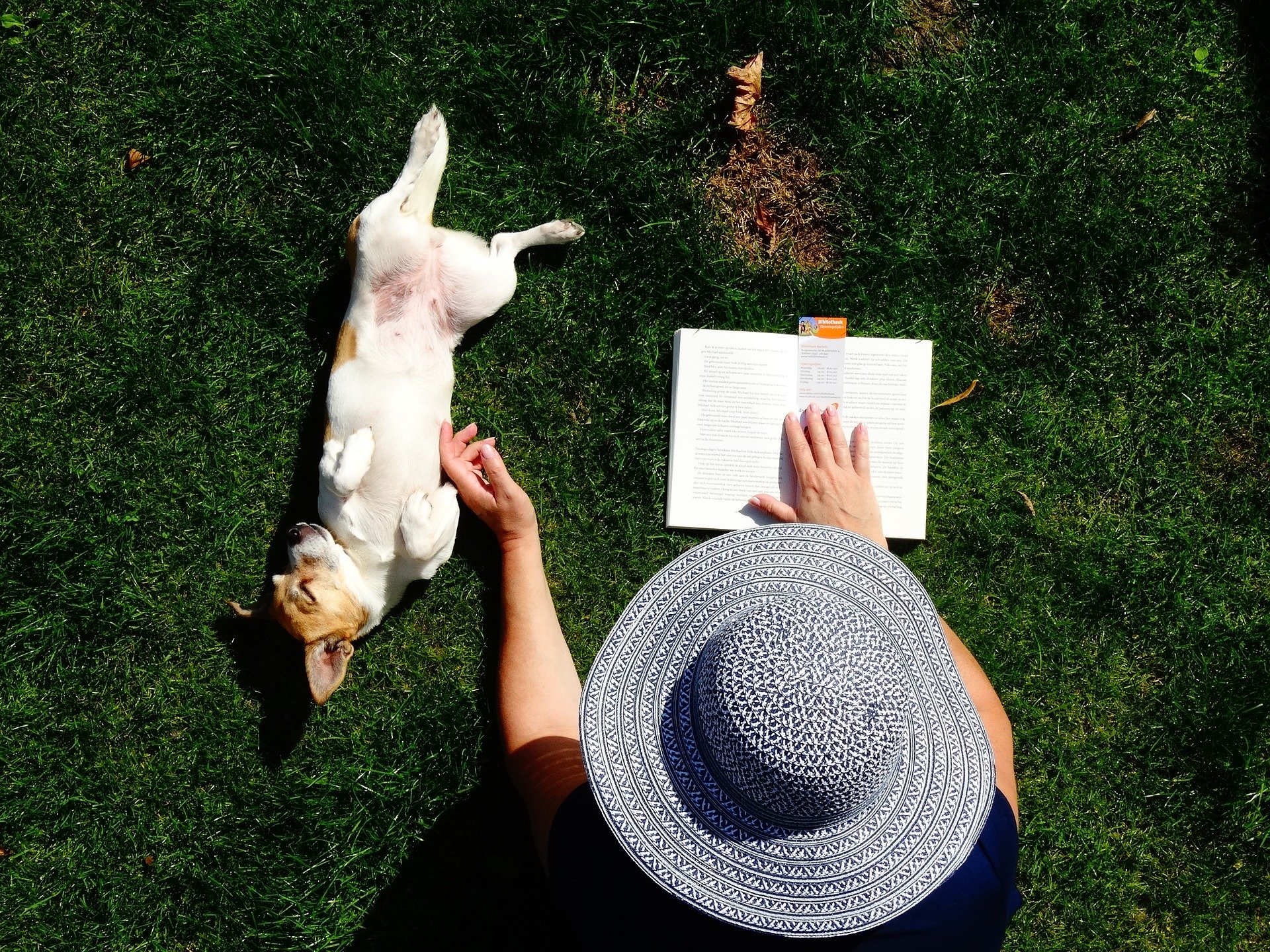5 Things You Absolutely Must Know Before Training Your Dog
It has always fascinated me over the past 25 years of working with parents and children the similarity I have seen in dogs and children with their behaviour and learning, in particular toddlers. And there is a good reason why.
It has been well documented over the years that a dogs learning is comparable to that of a toddler.
A study done on ‘Responses to spoken words by domestic dogs’ by Researchers Catherine Reeve and Sophie Jacques from the Department of Psychology and Neuroscience at Dalhousie University. They found that the average dog could learn up to 85 words. Some were even found to know more at 200 words. Which is roughly the equivalent of a 2 year old child.
As well as this, dogs have the ability to work out spatial problem solving, learn the location of valued items like treats, find better routes in the environment such as the quickest way to their favourite sleeping spot or even work out how to operate things like latches and door handles. Similar to what a toddler would be learning.
It stands to reason that some of the successful positive behaviour strategies I have used all these years when working with parents of toddlers and young children could also work on managing our dogs and setting them up for positive learning too. But it all starts with having the right foundations from the start.
From my experience children always learn best when they are given a good foundation of skills and positive learning and when they feel safe and loved. It is when that happens they learn the most. And our dogs are the same. Teaching through fear, intimidation and punishment does not instil trust or a loving bond with our children or our dogs. Whilst it might initially get a quick result it can ultimately lead to worse behaviour or anxiety or even reactivity to situations in the long run.
So whether you are wanting to train your dog to walk on a lead or not bark or jump up, before you even begin you need these foundations. It will ensure a happy harmonious household and encourage calmness, confidence and optimism and a willingness to learn not to mention having the ability to cope when new things happen.
So here are 5 ways to set your dog up for successful learning (and works for children too).
Be clear on your boundaries
Like children, dogs need good boundaries to be able to learn and grow and feel safe and secure. Too many choices and unclear boundaries only causes confusion.
If you are letting your dog jump up one minute whether it’s on you or the furniture and then telling them off the next it’s not being consistent with your boundaries.
If you really don’t want your dog to jump on the sofa especially when you have guests, teach them that there is value on the floor or on their bed. Set up some toys or a chew on the floor and make it a fun place to be. Every time they chose to be on their bed drop a bit of their food on it. They will soon learn that this is the place to be without having to shout or use punishments or harsh corrections, which will only damage your bond and trust with your dog.
Change the environment
Changing the environment can make a world of difference when it comes to managing a behaviour struggle. Toddlers love to explore and will get into things you don’t want them too when you’re not watching. It can be stressful as we don’t have eyes in the back of your head and let’s face it hard work saying no to a toddler. No seems to be a cue for yes.
Now let’s take a dog that likes to chew. Most people would agree that there’s nothing more frustrating than walking into a room and finding one of your best shoes half chewed. But could that have been avoided?
Now aside from both situations being frustrating there is also a safety concern with both. We certainly don’t want our toddler to get hurt in their desire to explore and neither do we want our dogs to chew something that can potentially make them sick.
Now I’m sure everyone has heard of baby proofing, well you can also do this with dogs too. If you know you have a dog that chews keep your valuables out of reach. Have baby gates around or an area you can put your dog in whilst you work on the behaviour in the meantime or have a quiet place they can retreat to and give them something they can chew on like a KONG. Management is far less stressful than having to constantly say no or be watching them like a hawk. After all, what’s more stressful…having to say no 50 times a day or putting up a baby gate?
Catching them being good/calm
It’s always the same. The moment your attention is on something else like being on the phone or doing something it’s like a cue for your child or dog to misbehave. Wanting your attention is something both children and dogs crave whether it’s good or bad attention believe it or not. Catching them being good/calm or playing nicely and praising or rewarding that behaviour is a simple but effective strategy. It sets up positive boundaries and teaches the behaviour you are wanting.
So next time you see your dog laying calmly on their bed reward them with by dropping a piece of their daily food on their bed and calmly walk away. Rewarding calm is very powerful and the more we do it the more we will see the behaviour we are want to instil in our dogs.
Be calm
When you are calm you can think straight and respond in a far more affective and positive way than if you are not. If you respond with the same level of emotion its not only going to take longer to diffuse the situation but also put a dint in your relationship and make matters worse.
Let’s face it our dogs can have very challenging behaviour. Barking, pulling on the lead, jumping up but have you noticed when you are angry, anxious or even excited your dog will pick up on it. Dogs are very good in picking up on our energy. (Check out our blog, “Change your Energy, Change your Dog” for more on this).
The hard part though is staying calm amid chaos or whenever our buttons are pushed. Whether it’s someone cutting you off in traffic, your child having a tantrum in the middle of a supermarket or your dog going crazy with someone walking by. It’s very easy to react to a situation in a less than calm manner so how do you manage that? So many factors play into how you react to a situation and some days we handle it better than others. If you have had no sleep, are feeling hungry or not well or just having one of those days then your limitations of dealing with stressful moments is going to be tested.
Recognise when you are having one of those days or being overwhelmed. Knowing when to say no or walk away, take some deep breaths, put on a calming oil, read a book, take a bath whatever helps calm you down. Remember our dogs have those kinds of days too. So maybe it’s not the best time to walk your over excited dog when you know you or your dog have had one of those days and won’t cope. Instead choose to do some enrichment games at home and ditch the walk. It tires your dog out mentally and physically and saves you and them a world of pain and keeps your relationship intact.
Be Consistent and keep it simple
With anything if you are not being consistent with your plan of action you generally won’t see the results you are hoping for. Whether its losing weight, teaching a toddler to sleep in their bed or training a dog not to bark. You have to be consistent with it every day. The key to remember though is making the goals manageable so you can be consistent. Choose simple goals that you know you are going to follow through. No one wants to spend hours in the gym (or even have time for it).
Hours of dog training is not sustainable or realistic either and sets up people and dogs to fail. With choosing games-based training you only have to put 20% of the effort for 80% of the results. Doing 3 minute games is doable when you break it down. Don’t expect immediate results. You may not notice it straight away but as you consistently doing little bits every day that you can follow through with you will soon see the little wins add up. Be realistic and celebrate the wins. And lastly remember to have fun, take the time to laugh and sharing those moments of joy with your dog.
If you can get these 5 foundations in place it will set you up for managing your dog in many situations and be the foundation for positive learning. With everything though you also need the right training in place. Force free positive training is the way to go for long term benefits and maintaining your bond between you and your dog.
Want to know more about our force free games-based dog training services we offer?
Book in a free Bark-n-Chat to find out more about our packages and training options.






